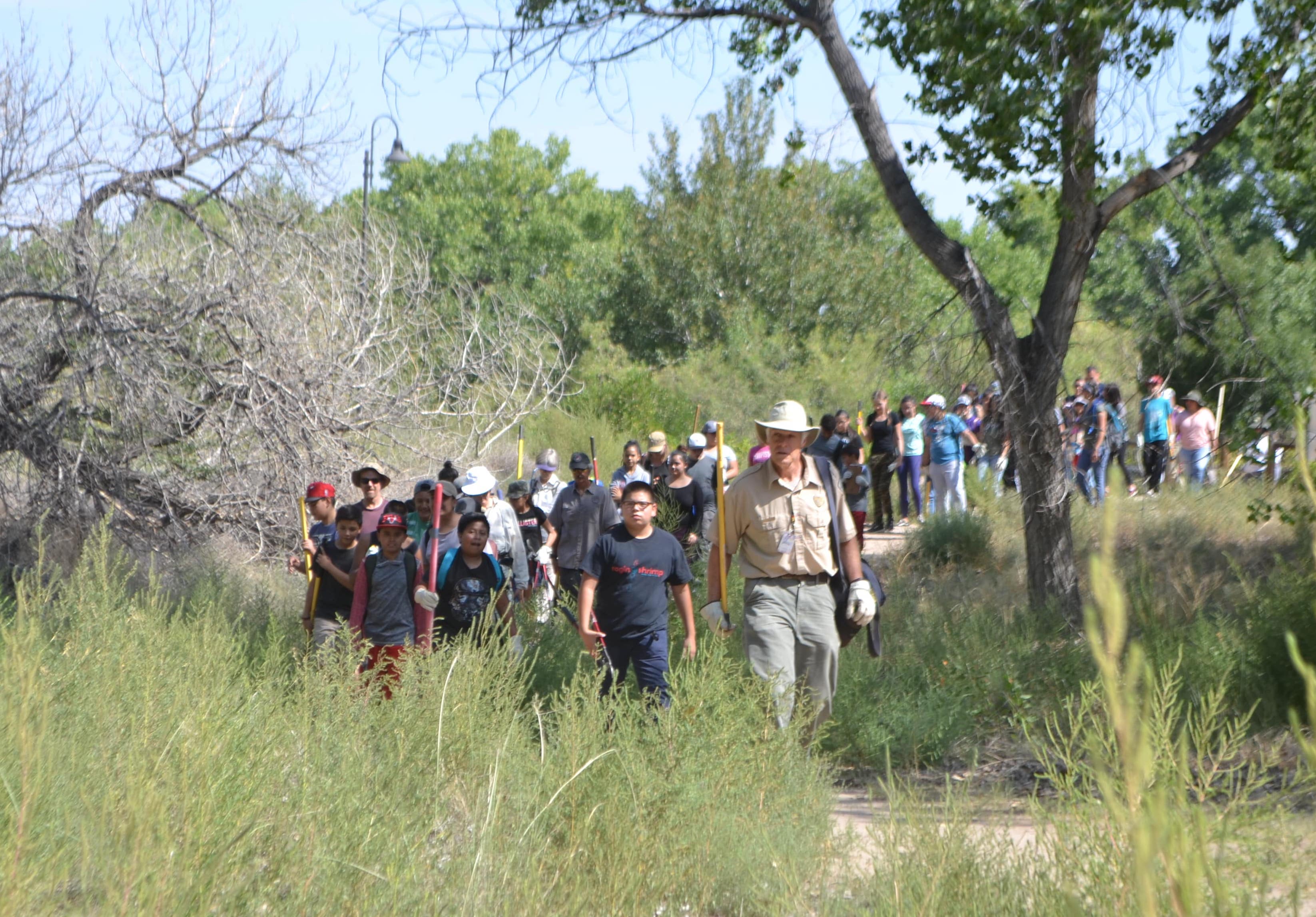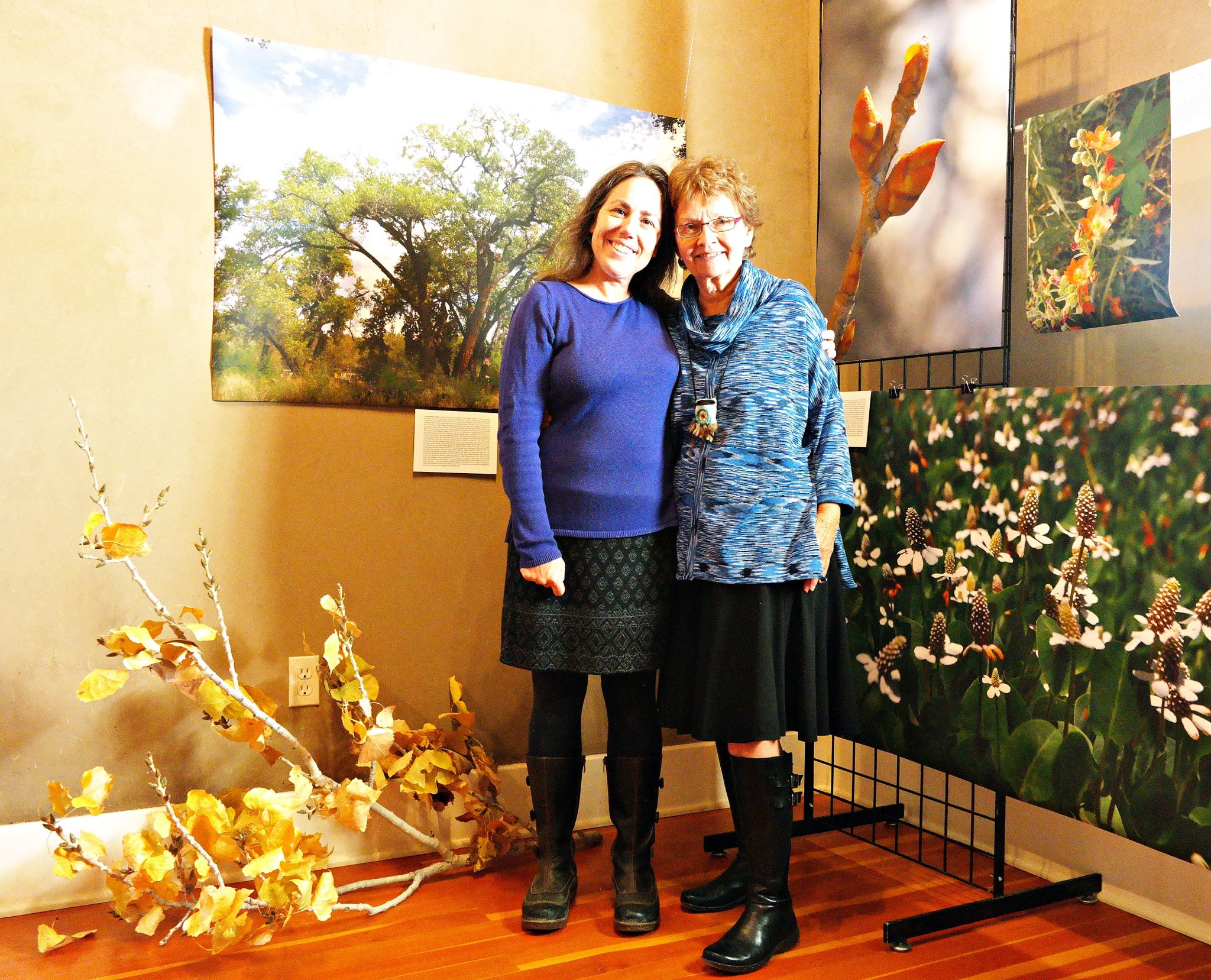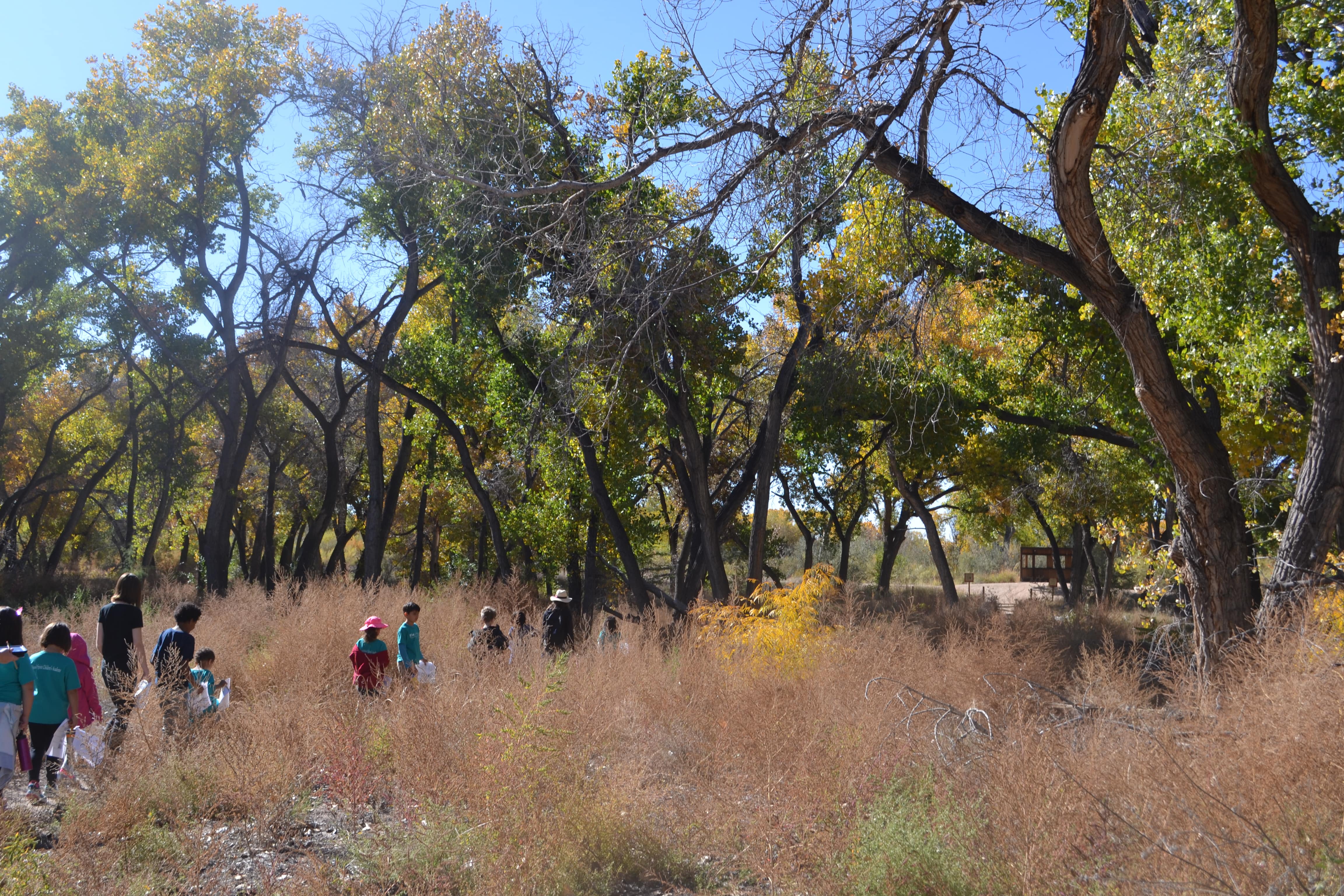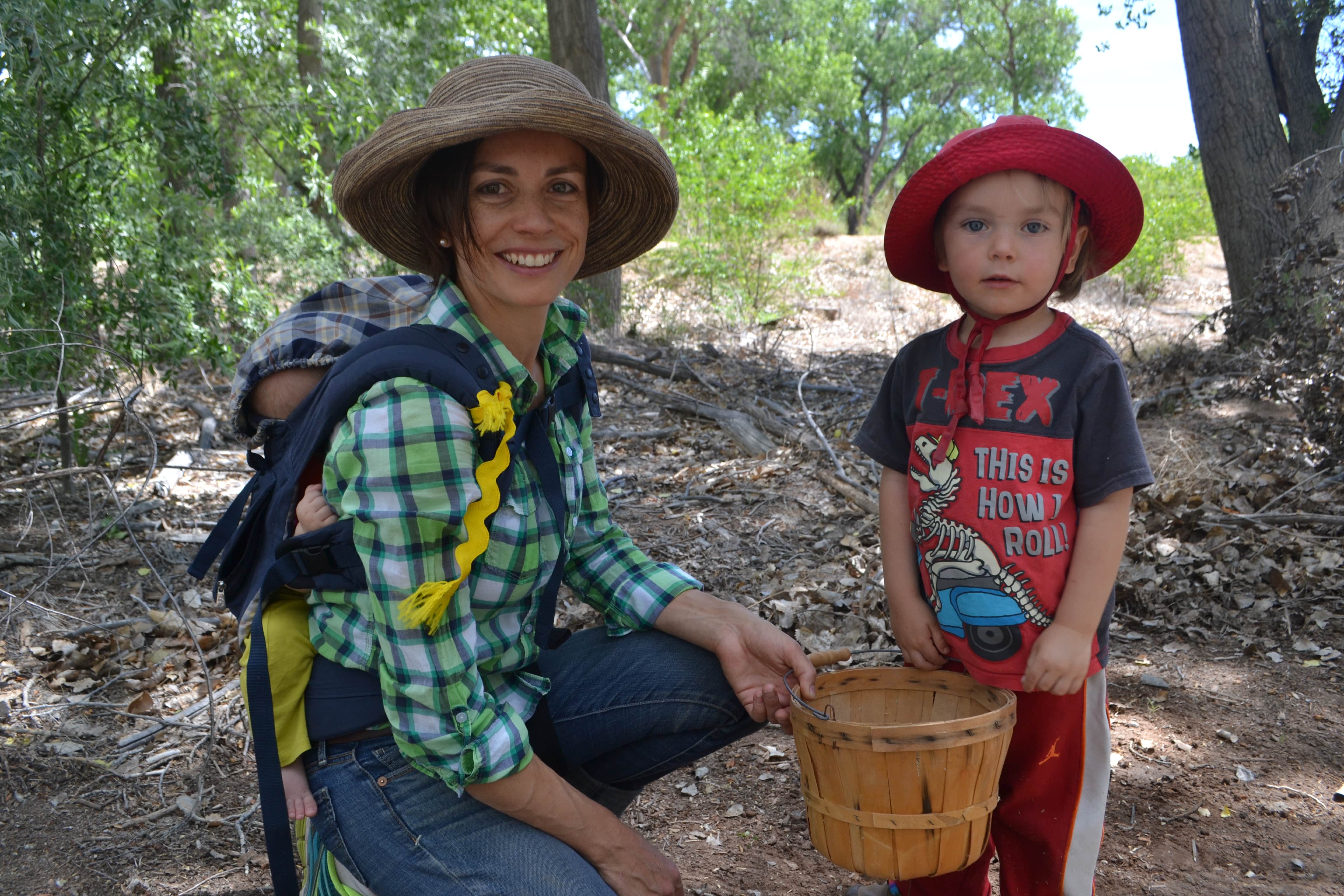




The success of the Yerba Mansa Project relies on community-building. This includes supportive and collaborative relationships with a variety of institutions including public libraries, government land management agencies, environmental- or conservation-oriented non-profits, area schools, or local businesses that share our values and mission. These mutually beneficial partnerships provide critical donations and financial support, new ideas and expertise, legal coverage for events, and also bring different people together who may have a variety of interests and connections. For example, local schools need to meet curriculum requirements in various subject areas and can accomplish that by participating in educational events that also further advance the goals of your programs. Land management agencies may provide support and benefit from invasive species control on their properties. Such partnerships may even be required as in the case of working on public lands. Additional opportunities for community-building come through offering events that are accessible and of interest to all ages. Reaching out to families with children lays the foundation for advancement of your program’s mission into the future while designing activities that encourage participation from elders incorporates their knowledge and experience.
Community support and participation are increased when activities are of interest and provide meaning to a variety of people, align with the goals of other like-minded organizations, and are widely accessible. In other words, programs should reflect something that unites the community. In the case of YMP, our riparian habitat is beloved for many different reasons by many different people and embodies our shared values of land and culture. Our events are all-inclusive providing roles for people with physical limitations or hands-on activities to engage children.
As we offered more co-sponsored events attracting a wider variety of people, we learned how to make our events more accessible. Restoration field work can be very physically demanding and tiring. In order to incorporate elderly folks and others with physical limitations we designed low-impact activities. For example, some people were more able to participate when offered a job of working with an assistant to simply clip seed heads of invasive species and put them in a bag while sitting in a shady area. Alternately, for field classes offered to our youngest students, we developed additional sensory-based and hands-on activities to accommodate more active bodies.
The pandemic presented an opportunity to make educational events more accessible, too. By offering free online classes via Zoom we enabled safe participation during a contagious outbreak and also provided access for people living in remote rural areas or other states. We adapted classes to include photographic slideshows for discussions on plant identification and uses. We also did demonstrations on how to prepare herbal remedies and wild foods in a cooking-show format.